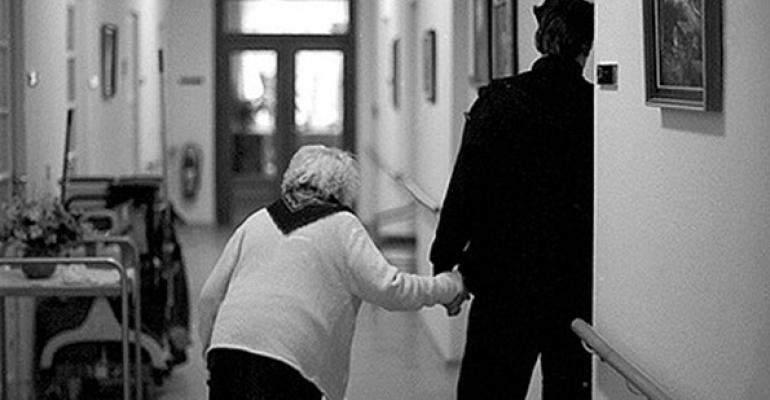 It's not getting cheaper.
It's not getting cheaper.
The cost of long-term care is rising across the nation, but a new Genworth study shows that geography plays a big role in the cost of care. Prices are lowest in the Southeast, in states like Alabama and Louisiana, and they're highest in the Northeast, in states like New York and Massachusetts. But Genworth's 2016 Cost of Care Study also found that costs in the Northeast are rising slower than the national average, and, in some cases, even declining. The majority of people choose to receive home care, which has increased the most during the past five years in Wyoming, South Dakota, North Dakota and Nebraska. Louisiana has the lowest cost of home care, at an average of $2,980 a month, while North Dakota has the highest, at an average of $5,331 a month.
Where Are the Market's Predictive Powers?
 Not ready. | Copyright Spencer Platt, Getty Images
Not ready. | Copyright Spencer Platt, Getty Images
Amplifying the effect on the market of the Brexit vote was the fact that the market was so unprepared for it. With some rare exceptions, most investment indicators leading up to the vote suggested a clean victory for the "remain" camp. So what happened to the predictive power of the markets in this case? Despite a reputation of being rational and efficient, markets too fall victim to confirmation bias and groupthink. And groupthink is anathema to investing. Only those who have the ability to think originally can produce alpha, writes Tadas Viskanta.
Gross: 30%-50% Odds of Post-Brexit Recession
End times for globalization?
Bill Gross, manager of the Janus Global Unconstrained Bond Fund, pegs the odds of a U.S. recession in the wake of last week's Brexit vote between 30 percent and 50 percent. According to Bloomberg, Gross believes that Friday's vote will slow trade, immigration and growth around the world, which are all primary drivers of economic expansion. He paints a grim picture, noting, "This is the end of globalization as we know it."




